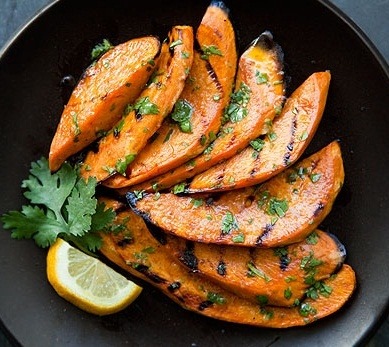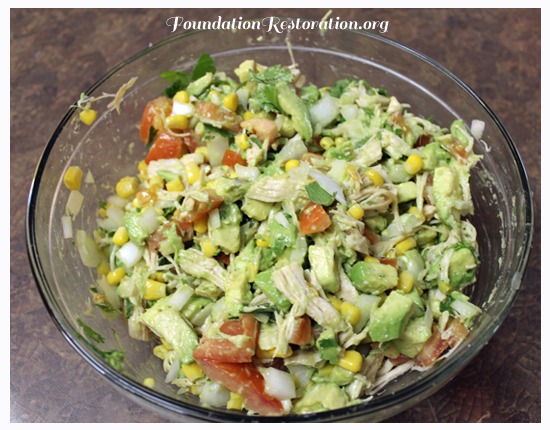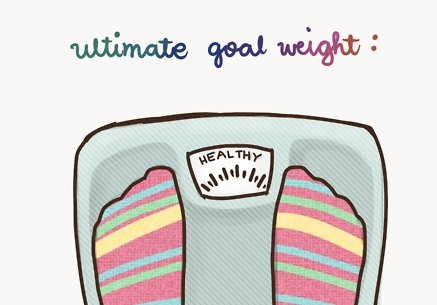Every person has unique nutritional needs that change with time and therefore it's very difficult to produce a set of recommendations that will suit everyone. Having said that, there are certain guidelines that suit most people most of the time and with that in mind I have compiled the
Body Soul Nutrition Healthy Eating Guidelines to assist you in making positive changes to your diet. If you feel you want to change your diet for the better start with these recommendations and then tailor them further to suit you when you feel ready. You can tailor them with the help of a nutrition practitioner or using trial and error and your own intuition to guide you.
Eat mainly whole foods
As often as you can eat natural, whole foods that have had as little added or taken away as possible and steer clear of processed and pre-prepared foods. Examples of whole foods include fresh vegetables and fruit, raw nuts and seeds, dried pulses, whole grains and high quality animal products. If you can choose foods that are locally grown and in season that is preferable as these foods are likely to have a higher nutrient content.
Eat a plant-rich diet
Ensure your diet contains an abundance of plant foods. In particular emphasise the vegetables, aiming to fill half your plate with these foods at lunch and dinner. Other plant foods are fruit, nuts and seeds, pulses and whole grains. Plant foods are rich in powerful chemicals (phytochemicals) with a range of health-giving actions. For example, many of them have antioxidant and anti-inflammatory properties.
A note about grains – grains are rich in starchy carbohydrates which can stimulate a high blood sugar response when eaten in excess and therefore grains are best eaten in moderation (no more than 20% of a meal). To minimise the blood sugar response grains should always be in their unrefined form (brown rice, wholemeal bread etc.). Some people find grains difficult to digest, particularly those containing gluten (wheat, barley, rye), this is another reason to moderate their intake. Low-gluten or gluten-free grains include oats, rice, quinoa, millet, buckwheat and amaranth.
Include good quality animal products
Most people thrive best when their diet is rich in plant foods but also contains some good quality animal products. Good quality animal products are those that are minimally processed and reared in the most natural way possible (ideally free-range and organic). It is important for most people to include some animal products in the diet as they are a rich source of a range of nutrients including protein, essential fats, vitamins and minerals. With regards to meat, offal such as liver and kidneys, offer a cheap but highly nutritious option. In terms of fish, the small oily fish such as sardines and mackerel are also cheap and are particularly rich in the healthy omega 3 fats. Larger oily fish such as tuna may contain relatively high levels of toxins such as mercury and PCBs (polychlorinated biphenyls) and are best eaten in small amounts; the same applies to non-organic farmed salmon.
A note about dairy – for some people animal milk products are not supportive to health. Problems with dairy may present with obvious symptoms such as digestive difficulties, sinus problems or skin reactions, although some people don’t realise how dairy is negatively affecting their health until they avoid it and feel much better. For those that do have an issue with dairy foods, goat and sheep milk products are often easier to tolerate.
Choose organic food
To minimise the number of potentially toxic chemicals entering your body try to ensure that as much of your food as possible is organic. Organic food is produced without the use of chemical pesticides (and other biocides), without routine use of antibiotics and other drugs and is free from genetically modified content. Apart from the toxicity issue, another reason to choose organic food is that certain research indicates that organic produce contains higher nutrient levels compared with conventional produce. To find out more about organic standards, see the Soil Association website (
www.soilassociation.org).
Keep sugar levels minimal
Refined sugar has several negative effects on health and is best kept to minimal levels in the diet. Sugar and also refined carbohydrates (e.g. white bread and white pasta) can cause excessive rises in blood glucose and on a regular basis this can lead to metabolic disturbances and inflammation within the body. Alternative natural sweeteners such as honey, molasses, syrups as well as stevia can be used in moderate amounts such as in baking, although the aim is to reduce your reliance on very sweet foods. All chemical sweeteners should be avoided. The sweet aspect of your diet should ideally come from whole fruit and fruit can be eaten raw or cooked and be used to sweeten puddings and cakes.
Moderate salt intake
A salt-free diet is bland, boring and unnecessary as the body needs a certain amount of salt to maintain health. The key is to moderate salt intake and to use the right type of salt. If you cut out the processed foods from your diet you will automatically reduce your salt intake, you can then add salt during the preparation and cooking of your whole foods without worrying that you’re overdoing it. The best forms of salt to use come from natural sources (rock or sea salt) as they provide a balance of natural minerals. Chemically synthesised salt is best avoided. To add extra flavour and richness to dishes without relying too heavily on salt, use other natural flavouring agents such as herbs and spices, lemon or lime juice, onions and garlic, sun dried tomatoes and dried mushrooms.
Focus on healthy fats
A healthy balance of fats is vital for supporting good health and regulating the inflammatory response. To ensure a balanced intake of fats, regularly consume foods rich in the essential fatty acids - fresh, unsalted nuts and seeds and small oily fish (mackerel, pilchards, sardines). Limit intake of foods high in the saturated fats – red meat and full fat dairy products but don’t avoid saturated fats completely, we do need some to maintain health. The fats to avoid completely if possible are the damaged fats – those found in processed foods such as manufactured mayonnaise, crisps, manufactured cakes and biscuits, cheap vegetable oils and margarine.
Eat a mix of raw and cooked food
It’s a good idea to include raw whole fruit and vegetables in your diet on a daily basis if your digestion will allow. However cooked vegetables and fruit are also important as we absorb more of certain nutrients from cooked foods. In general, when you are cooking foods it’s best to choose methods that retain as many nutrients as possible such as baking in a covered pot, light stir-frying and steaming. Be very careful when you cook with fats; use those that are more stable under heat such as coconut oil and olive oil and avoid high temperatures. Char-grilled foods are best included only on an occasional basis and microwaved foods are best avoided.
Stay well-hydrated
Considering that our adult bodies are composed of around 60% water, clearly keeping well hydrated is very important for health. In order to stay well hydrated make sure you drink around 1.5-2 litres of fluids per day and limit drinks containing caffeine. Another way you can monitor your hydration level is by noticing the colour of your urine (it should be a pale yellow colour; if it’s darker you could be dehydrated).
Include occasional treats
Treating yourself to the foods you love most will bring you emotional pleasure and in turn this will have positive benefits for your physical health. For many people, their favourite foods are not considered to be healthy (e.g. chocolate, crisps, cake etc.), however, if you treat yourself to these on an occasional basis (say, about once or twice a week) and you allow yourself to fully enjoy them without a hint of guilt then the rewards for your body will far outweigh any negative effects.






























![[photo]-Balanced Diet Basics](http://www.divine.ca/en/upload/articles/fbf188d7d0f6db048c73428db03878b0.jpg)









